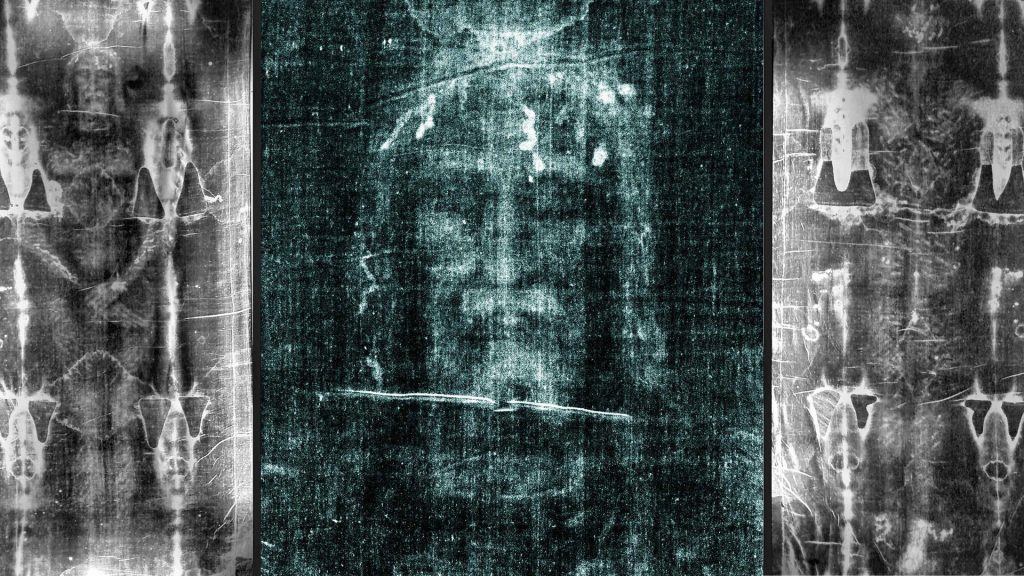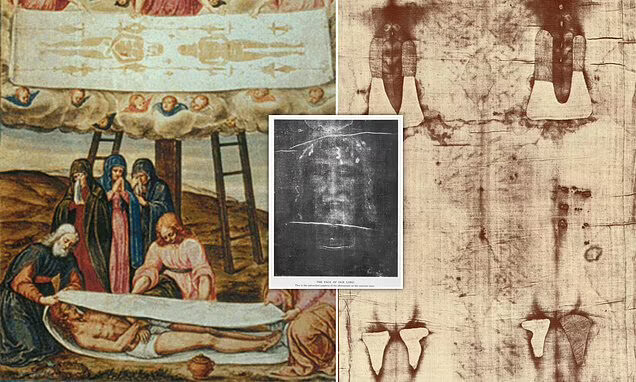The Turin Shroud has captivated the curiosity of people around the world for centuries. This ancient linen cloth, which displays the image of a bearded man, has been the center of both faith and skepticism.
Many believe that the Shroud is the actual burial cloth that wrapped Jesus Christ after his crucifixion, while others argue that it is a medieval forgery. Recent scientific advancements, however, are shedding new light on this enduring mystery.
Unraveling the Mystery of the Turin Shroud
The Turin Shroud was first exhibited to the public in the 1350s, where it was quickly associated with the burial of Jesus. The cloth, preserved in the royal chapel of the Cathedral of San Giovanni Battista in Turin, Italy, has sparked debates over its authenticity for generations.
With its faint image of a man who appears to have suffered injuries consistent with crucifixion, the Shroud has become a symbol of both faith and controversy.
New Scientific Findings on the Turin Shroud

In 1988, carbon dating tests suggested that the Turin Shroud was produced between 1260 and 1390 AD, leading many to dismiss it as a medieval creation. However, a recent study conducted by Italian researchers at the Institute of Crystallography of the National Research Council has challenged these findings.
Using advanced X-ray technology, the team analyzed small fabric samples from the Shroud and uncovered evidence that the cloth dates back nearly 2,000 years.
The researchers employed a technique known as wide-angle X-ray scattering (WAXS) to examine the linen’s structure and the breakdown of cellulose over time.
By considering factors like temperature and humidity, the scientists were able to estimate that the Turin Shroud was likely created around the time of Jesus, adding new credibility to claims of its authenticity.
The Historical Significance of the Turin Shroud
The Turin Shroud has been closely linked to the biblical account of Jesus’ burial. According to the Bible, Joseph of Arimathea wrapped Jesus’ body in linen and placed it in a tomb.
The image on the Turin Shroud shows a man with sunken eyes, whose injuries correspond with the crucifixion wounds described in the Bible. These include marks from a crown of thorns, wounds to the arms and shoulders, and lacerations on the back.
Historical records indicate that the cross Jesus carried weighed around 300 pounds, which would explain the contusions observed on the image of the man on the Shroud.
The presence of these details has fueled belief in the shroud’s authenticity despite past doubts.
Revisiting the Turin Shroud’s Carbon Dating Results
The carbon dating tests conducted in 1988 were based on a small sample of the Turin Shroud and indicated that the cloth was no more than 700 years old. However, the new study suggests that these results may have been influenced by contamination or an incomplete cleaning process before testing.
The researchers argue that the carbon dating tests might not have fully accounted for the conditions in which the Shroud was kept over the centuries.
By comparing the breakdown of cellulose in the Shroud with other ancient linens found in Israel, the Italian scientists found that the Shroud closely matched fabrics dating back to 55-74 AD.
This finding supports the theory that the Turin Shroud is much older than previously thought.
Ongoing Debate and Future Research
The new evidence regarding the Turin Shroud has reignited the debate over its authenticity. While some experts believe that this new research provides strong support for the idea that the Shroud is the genuine burial cloth of Jesus, others remain skeptical.
The controversy surrounding the Turin Shroud is likely to continue, with further studies needed to definitively resolve the questions that have surrounded this mysterious relic for centuries.
Despite differing opinions, the Shroud remains a significant artifact that continues to inspire both faith and inquiry.
As scientists uncover more about its origins, the Turin Shroud will undoubtedly remain at the center of one of history’s most enduring mysteries.






